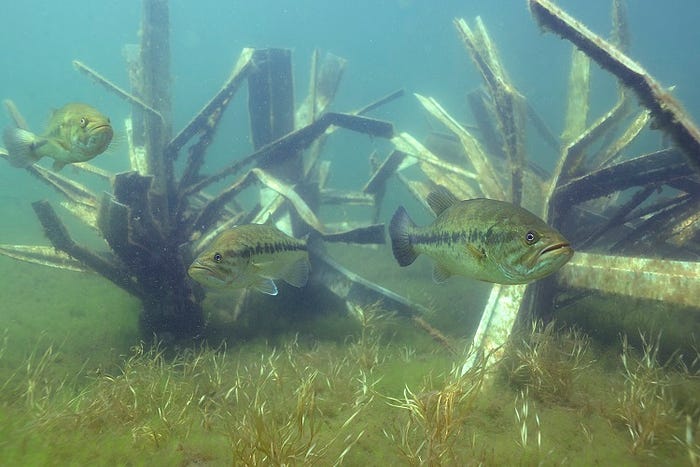Impact of Man-Made Fish Species
Posted by David Ewald on 8th Mar 2024
Unraveling the Fascinating World of Man-Made Fish
In the realm of aquatic life, there exists a diverse array of fish species, ranging from the majestic marlins of the open ocean to the colorful inhabitants of coral reefs. However, amidst this natural diversity, there are certain fish species that owe their existence to human intervention. These man-made fish, bred and cultivated through deliberate human effort, offer a unique insight into the intersection of science, technology, and environmental stewardship.
Origins of Man-Made Fish: From Ancient Practices to Modern Innovation
The practice of breeding and manipulating fish species for human benefit dates back thousands of years. Early civilizations, such as the ancient Egyptians and Chinese, engaged in rudimentary forms of aquaculture to cultivate fish for sustenance and trade. However, it wasn’t until the advent of modern aquaculture techniques in the 20th century that the concept of man-made fish truly flourished.

One of the pioneering examples of man-made fish is the tilapia, a freshwater species native to the Middle East and Africa. Through selective breeding and genetic manipulation, scientists have developed tilapia strains optimized for rapid growth, disease resistance, and environmental adaptability. These advancements have revolutionized aquaculture practices worldwide, making tilapia one of the most widely cultivated fish species globally.
The Role of Genetic Engineering in Fish Farming
In recent decades, advancements in genetic engineering have further expanded the possibilities of creating man-made fish with specific traits and characteristics. Scientists can now selectively edit the genetic makeup of fish to enhance desirable traits such as size, fertility, and nutritional content.
For instance, the development of genetically modified salmon, often referred to as “Frankenfish” by critics, represents a controversial yet groundbreaking innovation in aquaculture. These genetically engineered salmon exhibit accelerated growth rates, allowing farmers to produce larger fish in a shorter amount of time. However, concerns regarding environmental impact, food safety, and ethical implications continue to surround the commercialization of genetically modified organisms (GMOs).
Man-Made Fish in Aquatic Conservation and Restoration
While the primary focus of man-made fish has been on commercial aquaculture, these species also play a vital role in aquatic conservation and restoration efforts. In regions where native fish populations are threatened by habitat loss, pollution, and overfishing, introducing man-made fish species can help restore ecological balance and preserve biodiversity.
One notable example is the use of carp species, such as the common carp and grass carp, in freshwater ecosystems to control invasive aquatic vegetation and improve water quality. By strategically introducing these fish into affected water bodies, conservationists can mitigate the negative impacts of invasive species and promote the recovery of native flora and fauna.
Challenges and Ethical Considerations
Despite the potential benefits of man-made fish, their proliferation is not without challenges and ethical considerations. Introducing non-native species into natural ecosystems can disrupt ecological dynamics, leading to unintended consequences such as habitat degradation and species displacement. Additionally, concerns regarding animal welfare, genetic integrity, and long-term environmental sustainability underscore the need for responsible stewardship in the management of man-made fish populations.
Furthermore, the commercialization of man-made fish raises questions about equitable access to resources, intellectual property rights, and socio-economic implications for small-scale fisher communities. As the demand for seafood continues to grow, it is imperative that policies and regulations governing aquaculture prioritize ecological integrity, social equity, and ethical standards.
Navigating the Complexities of Man-Made Fish
In conclusion, man-made fish represent a fascinating intersection of human ingenuity, scientific innovation, and environmental stewardship. From ancient aquaculture practices to modern genetic engineering techniques, the evolution of man-made fish reflects our ongoing quest to harness the natural world for our benefit while acknowledging the ethical and ecological complexities inherent in such endeavors.
As we continue to explore the potential of aquaculture and genetic engineering, it is essential to approach the development and management of man-made fish species with caution, humility, and a commitment to sustainability. By embracing interdisciplinary collaboration, ethical scrutiny, and evidence-based decision-making, we can navigate the complexities of man-made fish and ensure a harmonious coexistence between human society and the aquatic ecosystems upon which we depend.



